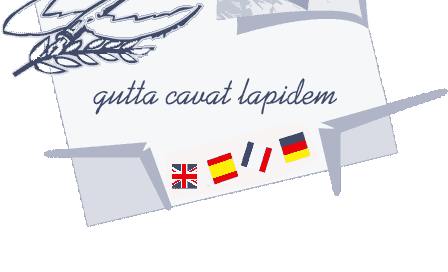CIVIL SOCIETY DEVELOPMENT
FORUM 2007
“A Platform for Development: Countdown to 2015”
Thursday 28 June 2007
The CSDF Workshop on the Right to Peace discussed the “Luarca
Declaration” on the Human Right to Peace, which was adopted
by the Spanish Society for the Advancement of International Human
Rights Law (SSIHRL) on 30 October 2006 and opened for discussion
by civil society in all regions of the world. Numerous colloquia
have already been held, including three round tables at the United
Nations, accompanied by the formal submission of the text of the
Declaration to the fourth session of the Human Rights Council on
15 March 2007. The Luarca Declaration will incorporate the imput
of international civil society with a view to adoption of a redrafted
final text by the United Nations General Assembly. (See A/HRC/5/NGO/9).
The panel of the CSDF workshop was composed of Professor Alfred
de Zayas (USA) of the Geneva School of Diplomacy, Professor Krishna
Ahooja Patel (India), Dr. Zeki Ergas (Switzerland) of the Geneva
ngo “Millennium Solidarity”, and David Fernandez (Spain)
representing the SSIHRL.. The international audience included representatives
of the 2009 International Conference of NGOs (Australia) and the
Foundation for Gaia (Scotland).
The Workshop’s conclusions are:
1. Peace is a fundamental human right.
2. Peace is a condition sine qua non for the right to development
and for the enjoyment of civil, political, economic, social and
cultural rights.
3. Peace is not just an absence of armed conflict, but the presence
of proactive international solidarity based on justice. Peace is
an expression of international understanding consistent with the
principles of sovereignty, self-determination, liberty, democracy,
human rights and the rule of law.
4. The elements of the human right to peace are already codified
in the Universal Declaration of Human Rights and in the seven core
United Nations human rights treaties. Article 3 of the UDHR stipulates
“Everyone has the right to life, liberty and security of person”.
5. The human right to peace entails a positive formulation of the
jus cogens prohibition of the use of force contained in article
2, paragraph 4, of the UN Charter, in General Assembly Resolution
2625 (“Friendly Relations Resolution”), in GA Resolution
3314 (“Definition of Aggression”), and in article 20
of the International Covenant on Civil and Political Rights, prohibiting
all propaganda for war. The human right to peace encompasses the
right to development as formulated in the Millennium Development
Goals.
6. International civil society demands from its elected leaders
that they engage in dialogue toward meaningful disarmament, including
nuclear disarmament. The financial resources released by disinvestment
in the war industry will enable the implementation of the MDG’s.
7. International civil society urges all members for the United
Nations to take meaningful steps to enforce GA Resolution 39/11
on the “Right of peoples to peace” and Commission on
Human Rights Resolution 2002/71 on “Promotion of the right
of peoples to peace.”
8. International civil society urges the Office of the United Nations
High Commissioner for Human Rights to establish its own Secretariat
task force to elaborate further the elements of the human right
to peace as already laid down in the draft “Luarca Declaration”
of 30 October 2006 and to assist in the adoption of a Declaration
on the Human Right to Peace by the Human Rights Council..
|




